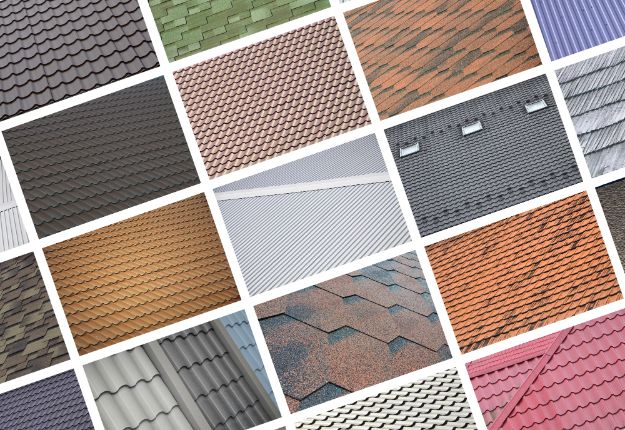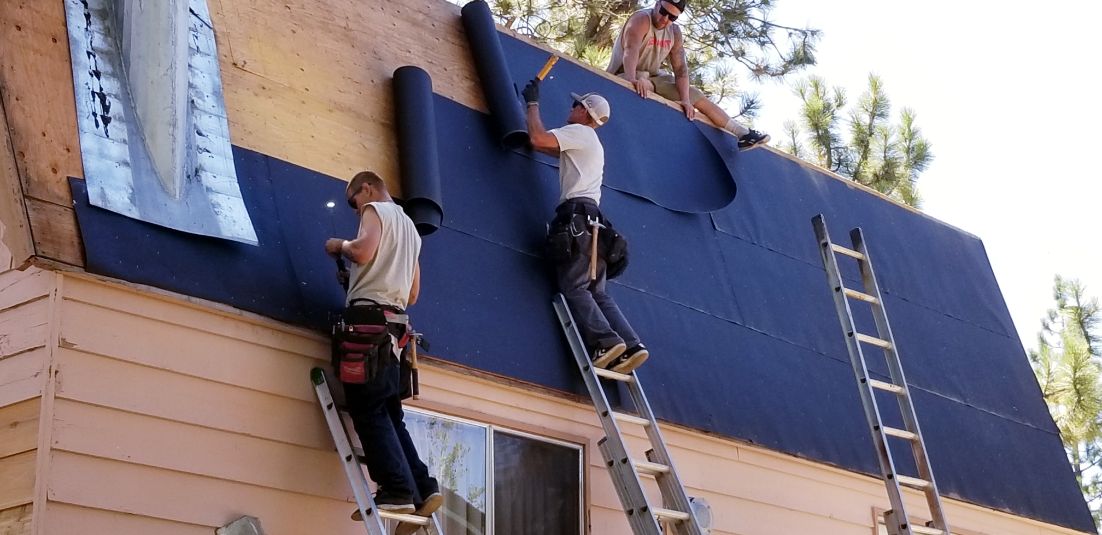Whether it’s asphalt shingles, slate, concrete or metal homeowners today have an amazing variety of roofs to choose from. Each material has its own advantages and disadvantages depending on the climate.
Slate is cut from hard, metamorphic rock that adds to a home’s classic appeal. However, it is very heavy and requires a strong structure to support it.
1. Asphalt Shingles
Asphalt shingles are the most popular choice for homeowners across the country. They are affordable and work well on most roofs, including those with a steeper structure.
These shingles are made from fiberglass and coated with an asphalt layer and crushed stone granules. They are durable and can last 25-30 years.
The shingles can reflect the sun’s rays and help cool a home. They are also available in a variety of colors and styles to match most architectural designs.
2. Slate
The natural beauty of slate adds value to any home, while it is also long-lasting and resistant to impact damage from hail. It is also fireproof and waterproof.
A natural slate roof requires minimal maintenance. It is fungus and mildew-resistant, which makes it a good choice for homeowners in warm climates.
Many slates are reclaimed from older buildings, although there are now several manufacturers that produce synthetic slate. These look authentic, and often include chisel marks to make them appear hand-crafted.
3. Clay Tiles
Clay tiles have a beautiful aesthetic that can complement many architectural styles. They can also last a lifetime and add value to your home.
Like slate, they are natural insulators and help lower energy costs by reflecting the sun’s heat away in summer and keeping the heat in during winter. They are highly durable and resistant to fire, wind, hail and extreme temperatures.
Unlike shingles they don’t expand and contract so they require minimal maintenance. However, they are heavy so your roof will need to be reinforced before installing.
4. Metal
Metal roofs can stand up to high winds and offer exemplary fire-resistant and energy efficiency ratings. You can choose from standing seam, corrugated or rolled metal roofing made from steel or aluminum.
A standing-seam metal roof uses large panels that are locked together at the seams to create clean vertical lines. They’re usually two to three times more expensive than asphalt shingles. Alternatively, you can opt for metal shingles that mimic slate, clay tile or wood shake roofs and cost a bit less than standing seam.
5. Wood
Wood shingles and shakes are time-honored roofing materials that can enhance classic and historic homes. They come in many styles and colors, including cedar, spruce, fir, or pine. They also provide good insulation.
Shakes are rougher than shingles and hand-split with an axe for a distinctly characterized look. They typically require a class A fire rating and may be restricted in certain areas due to fire hazard risks.
Well-maintained wood roofs can last up to 50 years and are a great choice for energy efficiency.
6. Concrete Tiles
Concrete roof tiles are known for their durability and longevity. They are incredibly insulating and can save you money on energy bills. They’re also fireproof and resist damage from hail, strong winds, and rain.
They can be purchased in a wide range of styles and colors. However, it’s important to choose a contractor familiar with manufacturer specifications for quality. You may also need a structural engineer to ensure your home can support the weight of tile.
7. Solar
Solar power provides a clean alternative to traditional energy sources. Solar panels convert sunlight into electricity using photovoltaic cells that are sandwiched between weatherproof layers.
A roof’s orientation, shade from trees or other buildings, and the slope of the roof all affect how well solar panels work. A roof that faces the sun and is free of obstructions will provide the most efficient results.
Other sustainable roofing options include cool and radiant barriers, which reflect instead of absorb heat. Also, consider a green roof, which uses vegetation and soil to reduce cooling costs.
8. Elastomeric
Elastomeric roofing is a durable and flexible roofing solution renowned for its weather resistance and longevity. Composed of elastic polymers it can expand and contract with temperature fluctuations, preventing cracks and leaks.
Its seamless application ensures a watertight seal, guarding against moisture damage. elastomeric roofing reflects sunlight, reducing energy costs, and comes in various colors.
Its ease of installation and low maintenance make it an ideal choice for commercial and residential structures seeking reliable protection against the elements.
9. Green Roofing
Green roofs are ecologically friendly and offer superb advantages. They reduce energy costs, help wildlife find a home in urban areas and improve air quality by filtering pollutants and heavy metals from rainwater.
They can also naturally insulate a building, keeping it cool in summer and warm in winter. They do this by combining growing medium, sedum blankets and waterproofing with plants, which block out lower sound frequencies while reflecting the higher ones.



